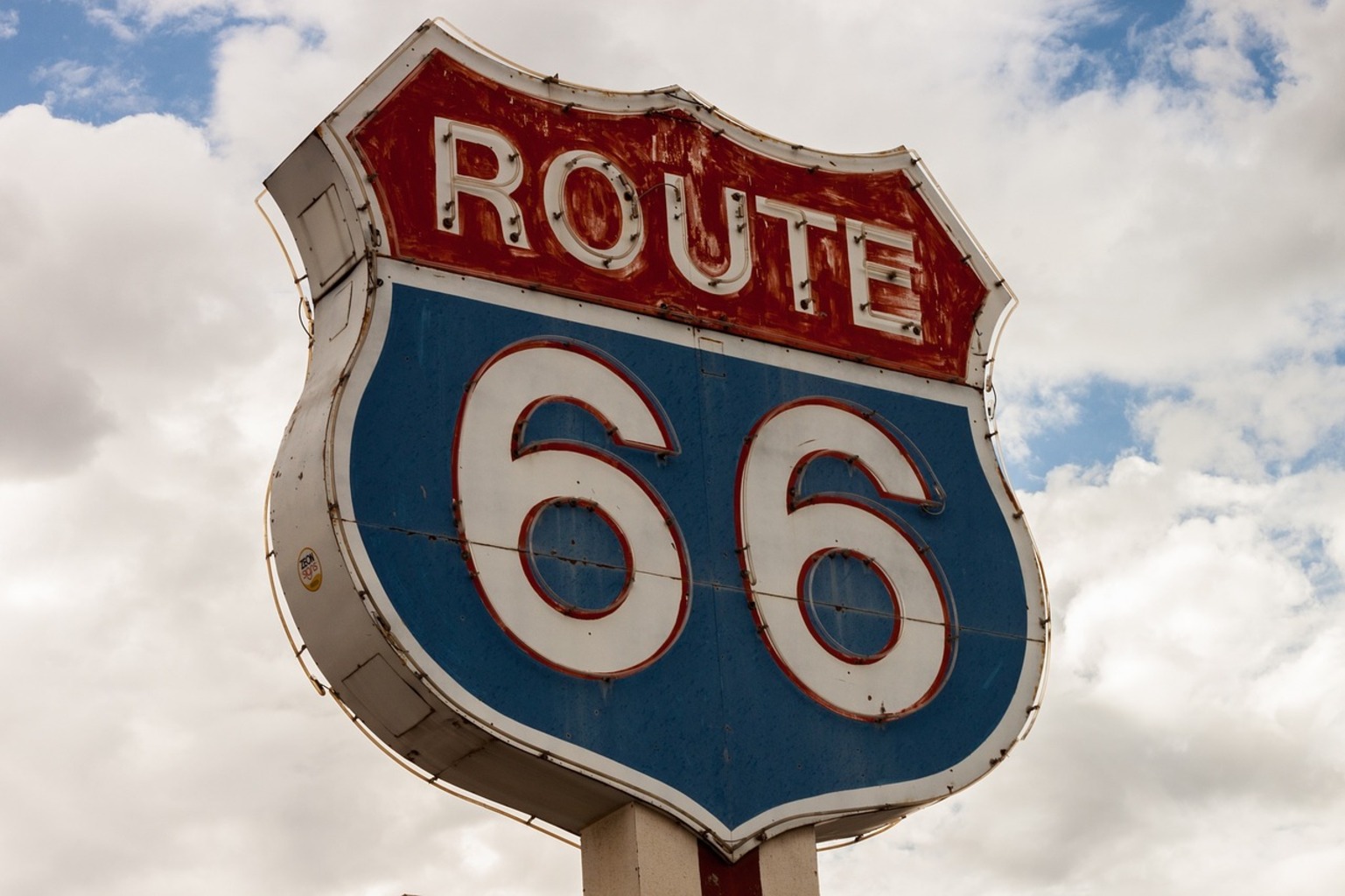The question then arises; how to capture and hold an audience’s attention?
Visual content becomes the solution to this puzzle. It is a great form of communication because images are processed far more quickly than text. It takes far more time to parse out the meaning of a sentence than to decipher one symbol. A great example of this are traffic signs. Rather than putting up a sign that says, “proceed with caution, pedestrians crossing” a more efficient of way communicating this message is with an image of two people crossing the road. It takes one glance to interpret this image in comparison to the couple of seconds to read and comprehend a sentence.
Time is everything when someone is driving at 60 mph.
In the same way as traffic signs, visuals are an easier and more effective way to communicate an idea. They are also more engaging. If, for example, an animal rescue shelter wants to compel people to donate money to their cause, it is far more effective to display images or videos rather than to just write about the animals they have rescued. A visual incites more feeling and instigates more action than just text.
Nike is a sports brand that has created a lifestyle image.
Nike uses Instagram to post high quality photos (related to sports) and pairs them with a motivational hashtag. The message is meant to inspire and encourage people to run chase after their dreams. (Or in Nike’s own catch phrase, to “Just Do It!”).
In a similar manner, Whole Foods also sells a lifestyle using Instagram. They focus on visual graphics that promote a healthy and organic manner of living. The company usually peppers these posts with tidbits of advice.
Jetsetter uses visual content to its advantage
Jetsetter, a travel brand for Trip Advisor, also uses visual content to its advantage. Jetsetter is the perfect fit for visual content as it is a travel brand. They use sensational images of cityscapes, landscapes, etc. to incite a feeling of adventure and wistfulness. All three of these brands have created a lifestyle through their visuals that people want to emulate.
“An Image is worth a Thousand words”
